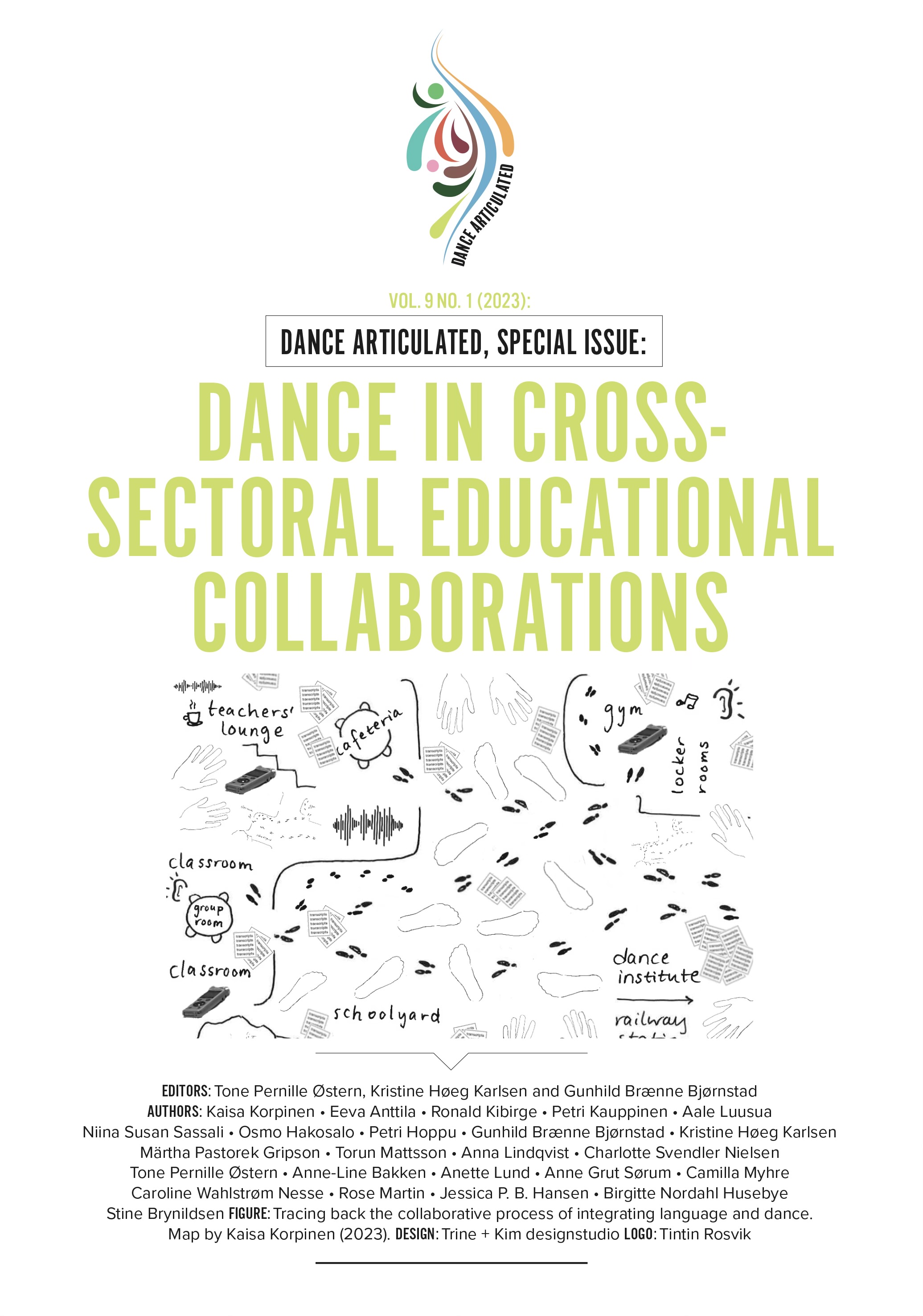Better together: toward a joint pedagogy in folk dance and music
DOI:
https://doi.org/10.5324/da.v9i1.5062Keywords:
folk dance, folk music, pedagogy, inclusion, interactionAbstract
The pedagogy and practices of folk music and folk dance are firmly separate in Finland. Furthermore, the expertise in these fields focuses heavily on folk music and dance as performing arts rather than communal activities. The situation has led to the differentiation and fragmentation of professional and amateur activities. To address this gap in knowledge and practice, the KanTaMus project intends to present a pedagogical model for a joint participatory folk dance and music pedagogy devised through practice-based development work. This article explains the basic premises of the model under development. We first discuss the legacy issues crucial in Finnish folk dance and music and its pedagogy. Secondly, we outline the values, pedagogical principles, and prior development work we see as fundamental to our work. Martin Seligman's PERMA theory serves as an overall canvas for our development work. The basic elements of the theory, i.e., positive emotions, engagement, relationships, meaning, and accomplishment, work as a basis for our model, which emphasises embodied presence, inclusion, and interaction as crucial features of a shared learning situation in dance and music. Finally, we present the pairing process as a specific example of the application of the model.
The article and the KanTaMus project have been supported by the European Social Fund.



